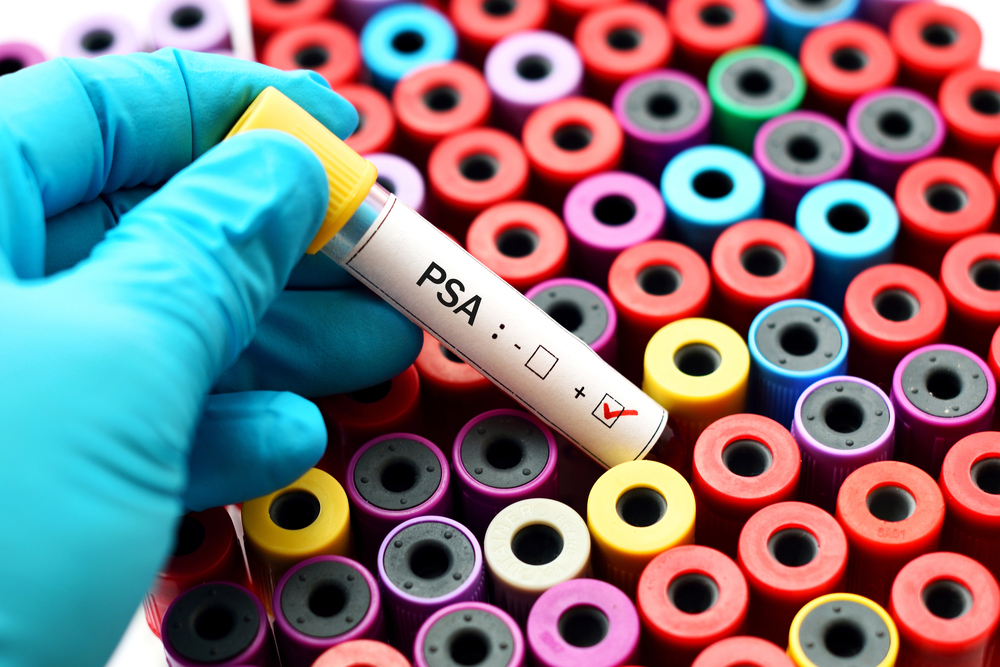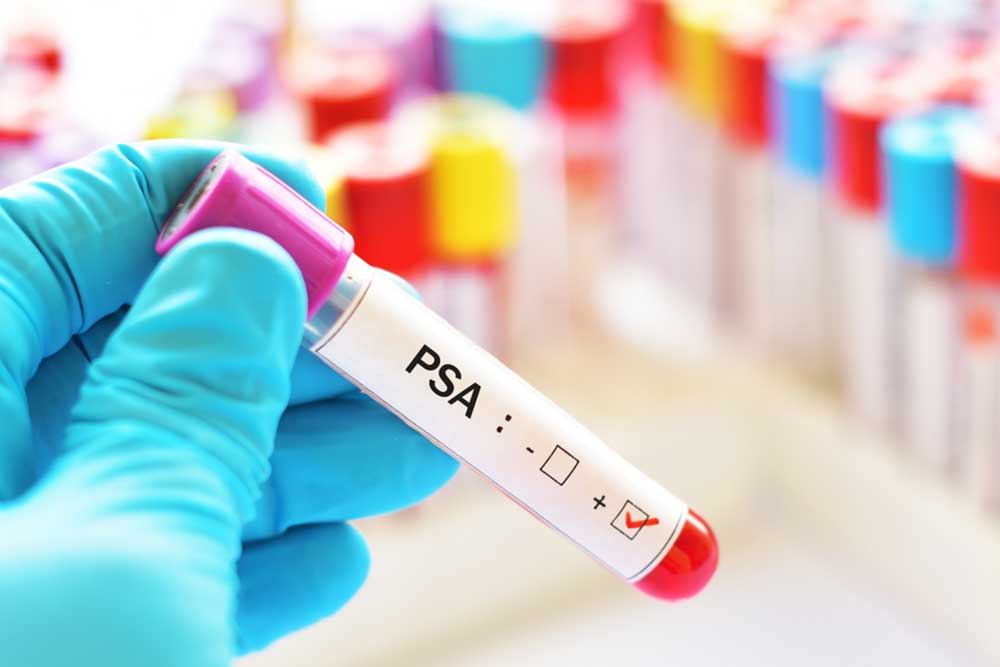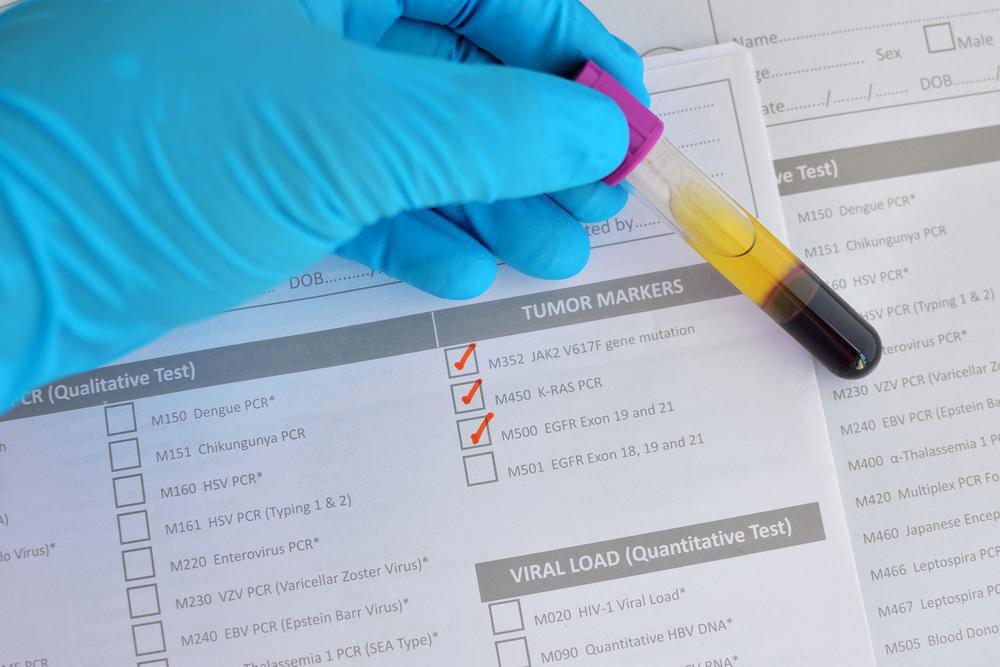A Comprehensive Guide to PSA Levels and Their Significance
This comprehensive guide explains PSA levels, testing procedures, age-specific ranges, and their significance in prostate health. It emphasizes the importance of understanding PSA results, factors influencing levels, and when to seek further investigation, helping men make informed health decisions.

Understanding PSA Levels and What They Mean
The prostate gland produces a protein known as prostate-specific antigen (PSA). Elevated PSA levels can indicate various conditions, including benign prostate enlargement, prostatitis, or prostate cancer. It’s important to note that increased PSA levels don’t always signify cancer but warrant further investigation to identify underlying health issues. Comparing your PSA results with age-related reference ranges can help you understand your results better.
How is PSA measured?
PSA levels are determined through a simple blood test that requires no fasting or special preparation.
Due to the low concentration of PSA in blood, testing employs highly sensitive technologies like monoclonal antibody assays.
PSA exists in the blood as either free PSA or bound to other proteins, such as alpha-2-macroglobulin, alpha-1-antichymotrypsin (ACT), or albumin.
The total PSA test measures the combined amount of free and bound PSA.
Normal PSA levels vary with age, and higher levels are common in older men due to prostate growth.
Factors like ethnicity and family history also influence PSA levels and risk assessments.
Monitoring changes in PSA over time, including PSA velocity, provides deeper insights for clinicians.
An increasing PSA trend may indicate the need for further diagnostic tests, even if initial levels seem normal.
A PSA density of 0.18 or less is generally considered optimal.
What are typical PSA ranges based on age?
Utilizing age-specific PSA ranges helps avoid unnecessary biopsies in older men with benign prostate enlargement.
The median PSA level for men aged 40-49 is approximately 0.7 ng/mL, rising to around 0.9 ng/mL for those aged 50-59.
While some studies support age-adjusted ranges, others find the standard 4.0 ng/mL cutoff sufficient.
Adjusting cutoffs based on age reduces unwarranted procedures and aids early detection of prostate cancer.
How reliable is the PSA test?
PSA testing is not entirely specific for prostate cancer; benign conditions and infections can elevate levels.
Test results may vary depending on laboratory equipment and technique.
Approximately 25% of men with PSA levels between 4-10 ng/mL may have normal repeat results, highlighting the need for confirmation.
Cost considerations for PSA testing
Most insurance plans cover PSA testing for men aged 50 and above.
Additional costs for physician consultation are typically between $25 and $100.










